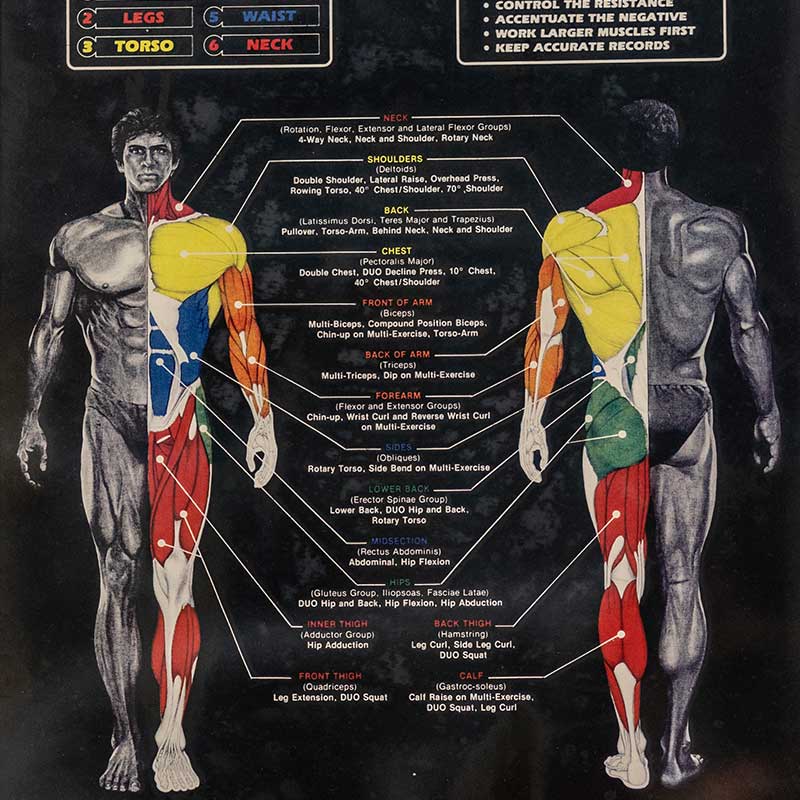Get Fit and Strong in 20mins a Week
Discover a science-backed method that saves time, prevents injury and delivers real results one safe, slow, high-intensity workout at a time.
There is a better way and it starts by doing less…

Sound too good to be true?
Discover a science-backed method and 30 years of proven results

We’ve been there, tired, frustrated and unsure who to listen to!
Over the past 30 years, I’ve seen just how confusing, exhausting and frustrating the fitness industry can be. That’s why I built a different path, grounded in science, not slogans. At InForm Fitness, we skip the trends and focus on what works: slow, high-intensity strength training that delivers real results in just 20 minutes a week.

How It Works
Safe, Simple and Built Around Your Schedule
Step 1
Free 15 Min Consultation
Speak with a trainer, ask questions and see if the InForm Fitness method is right for you.
Step 2
Start Training Once a Week
Just 20 minutes per session with one-on-one coaching and customised equipment.
Step 3
Get Stronger & Reclaim Time
Real, measurable results without the grind, no injuries, distractions or wasted time.

Sound too good to be true?
Discover a science-backed method and 30 years of proven results

Take the First Step Toward Smarter Strength
You could keep trying random routines or finally follow a proven method…
When you train with InForm, you’re not just working out, you’re upgrading your life.
Build Strength
Feel Confident
Gain Clarity
Live Better

5 Questions to ask before hiring a personal trainer
(And why the answers could change how you think about exercise forever)
If a trainer can’t clearly explain what makes a workout effective, beyond “burning calories” or “getting toned”—that’s a red flag. At InForm Fitness, effectiveness means stimulating the body’s adaptive response: a measurable increase in strength, muscle and metabolic health with the least wear and tear. Our slow-motion, high-intensity method is designed to trigger change, not chase exhaustion.















